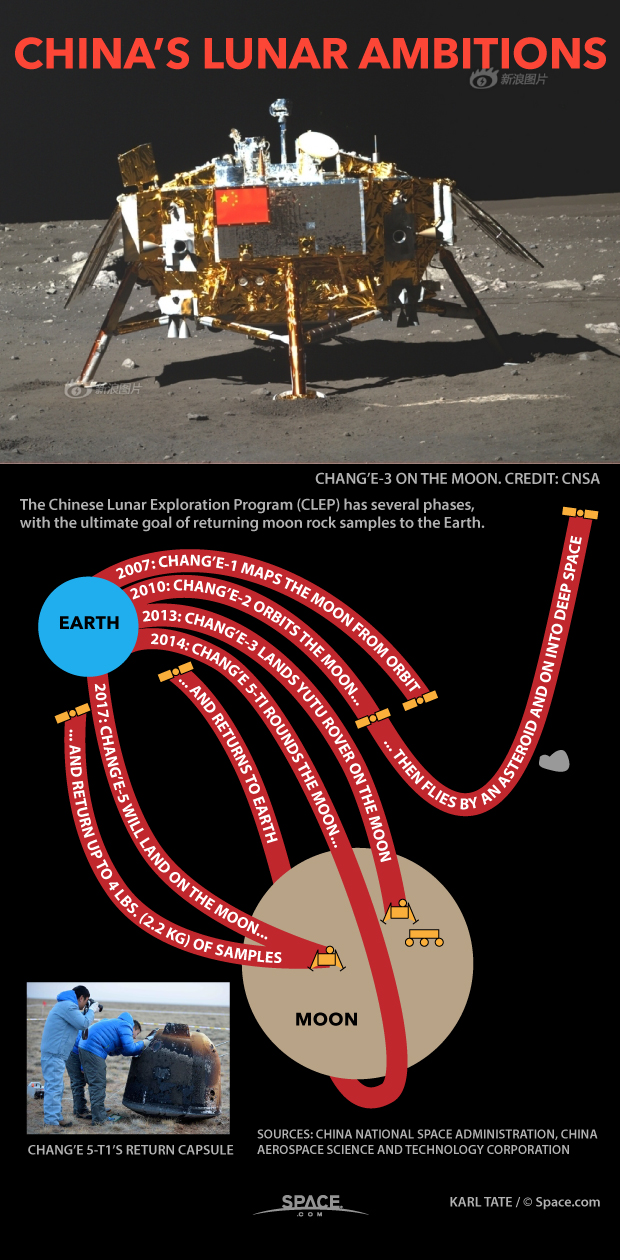
Karl Tate
Karl's association with Space.com goes back to 2000, when he was hired to produce interactive Flash graphics. From 2010 to 2016, Karl worked as an infographics specialist across all editorial properties of Purch (formerly known as TechMediaNetwork). Before joining Space.com, Karl spent 11 years at the New York headquarters of The Associated Press, creating news graphics for use around the world in newspapers and on the web. He has a degree in graphic design from Louisiana State University and now works as a freelance graphic designer in New York City.
Latest articles by Karl Tate
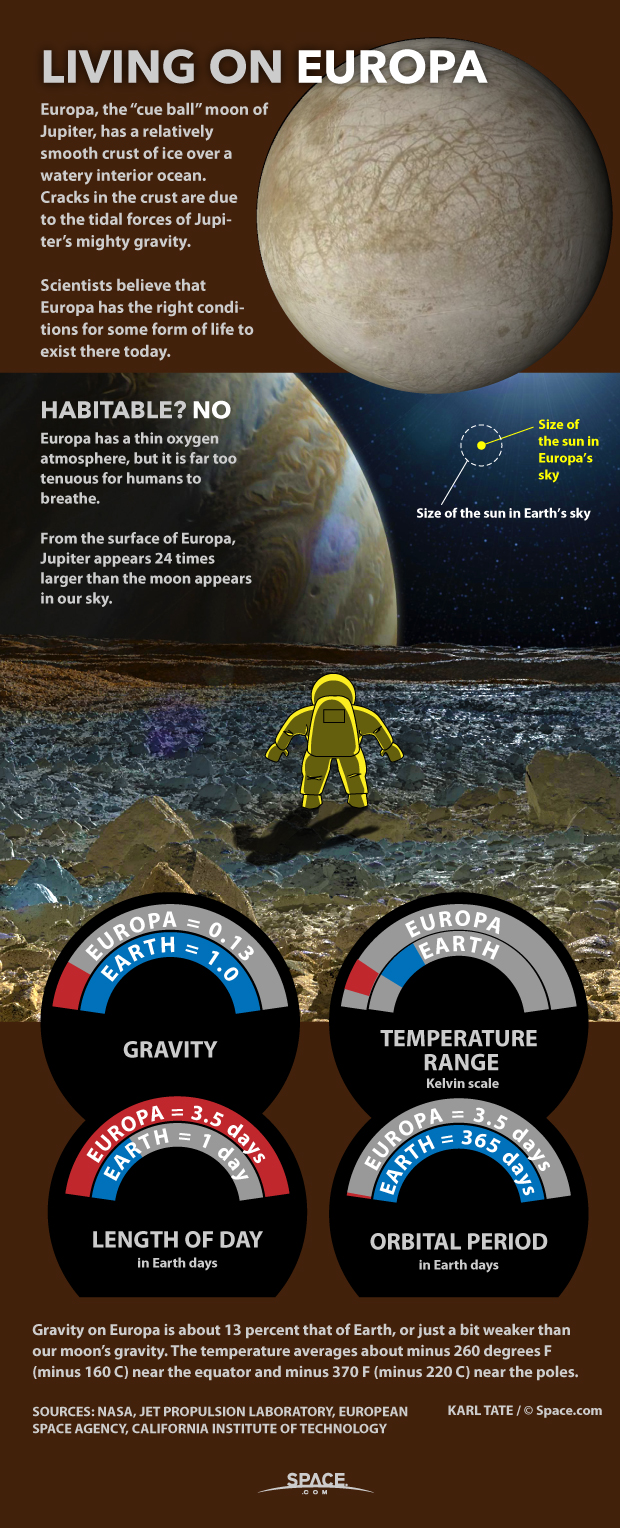
Living On Europa Explained: Humans Might Not Be First (Infographic)
By Karl Tate published
Scientists believe conditions may be right for life, under Europa's icy crust.
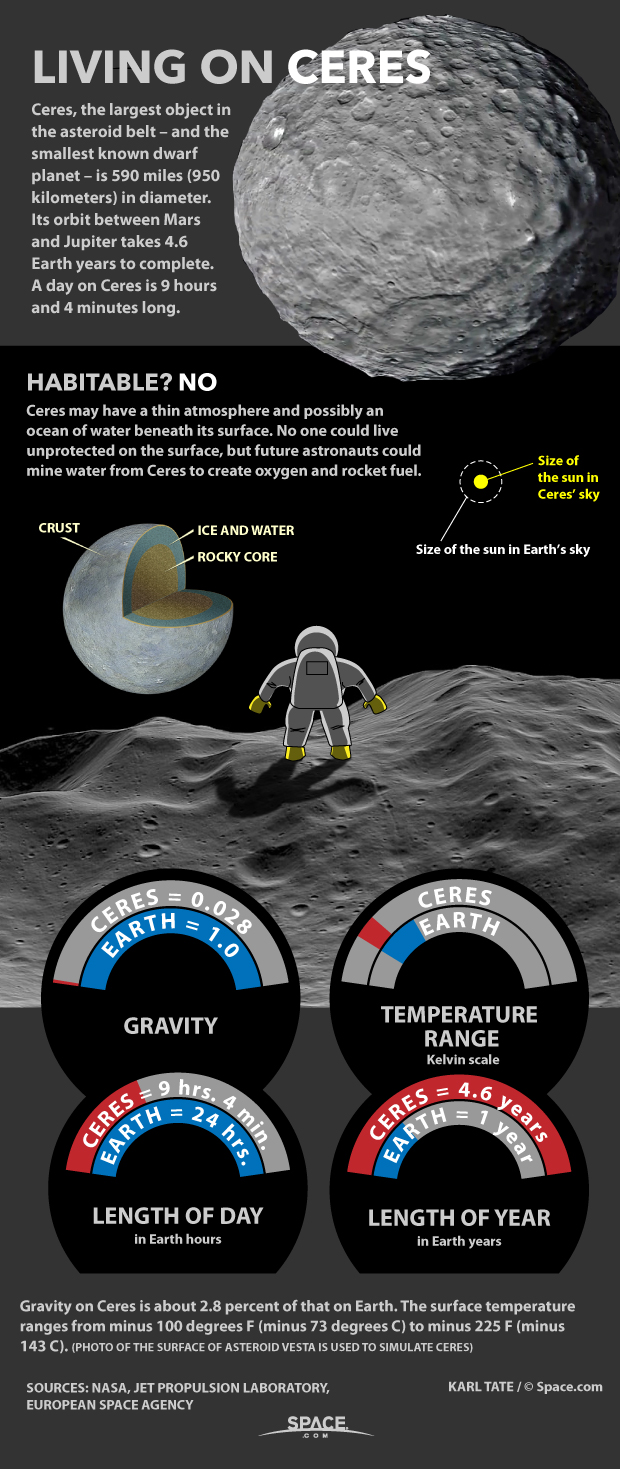
Living On Dwarf Planet Ceres in the Asteroid Belt (Infographic)
By Karl Tate published
Ceres, orbiting between Mars and Jupiter, has almost no gravity, warmth or atmosphere.
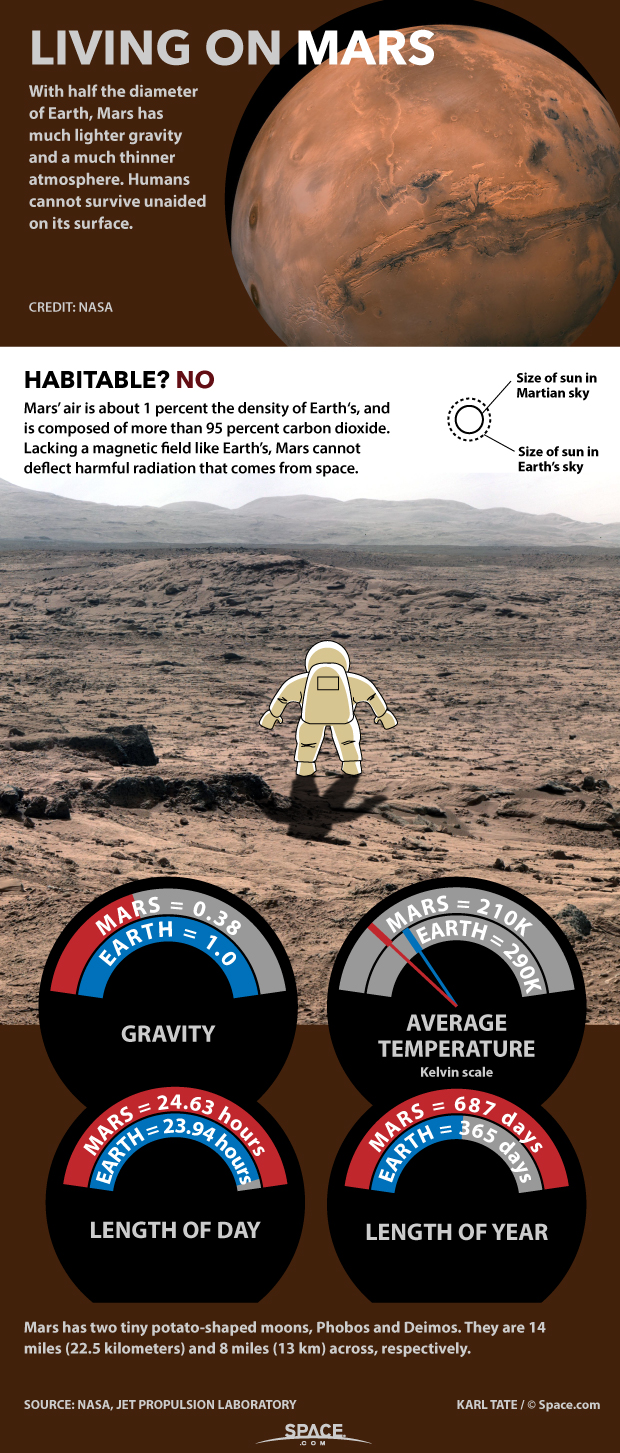
How Living on Mars Could Challenge Colonists (Infographic)
By Karl Tate published
Mars would not be an easy home for human colonists. See how its lower gravity, thin atmosphere and lack of a magnetic field could make it challenging for a colonist in this Space.com infographic.
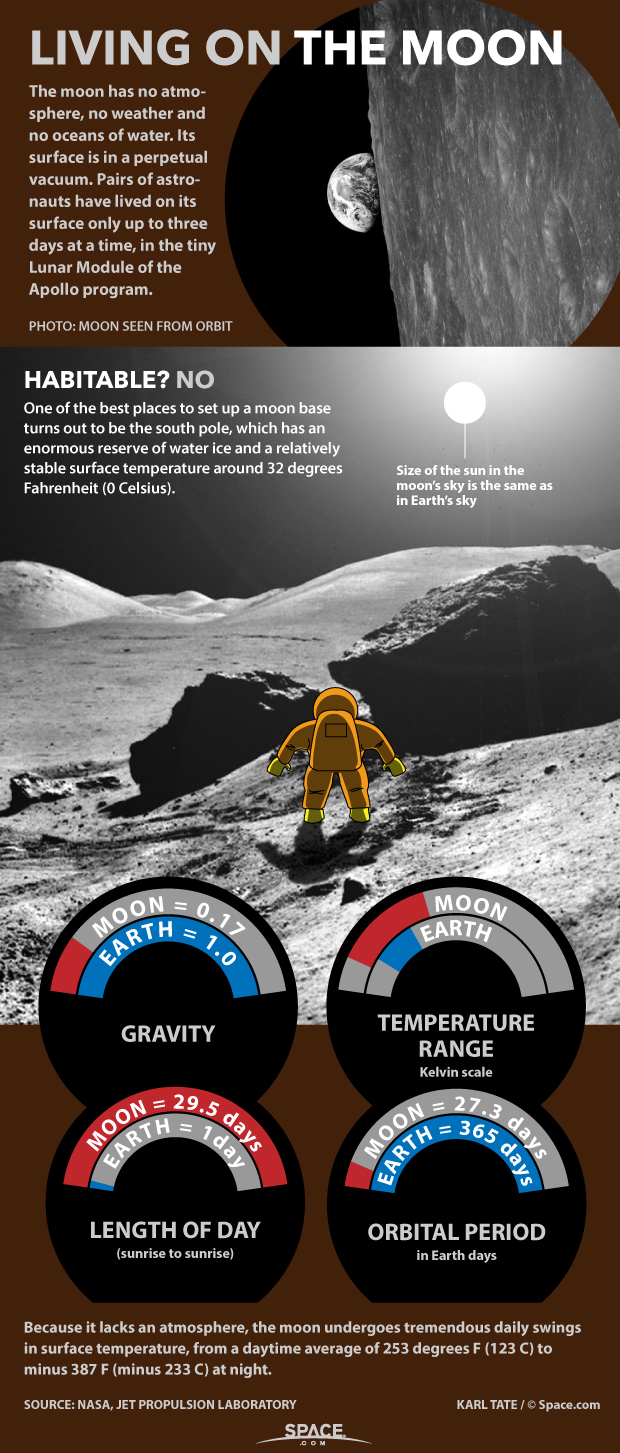
Living on the Moon: What It Would Be Like (Infographic)
By Karl Tate published
Life on the moon would be very different for explorers than life on Earth. See how in this Space.com infographic.
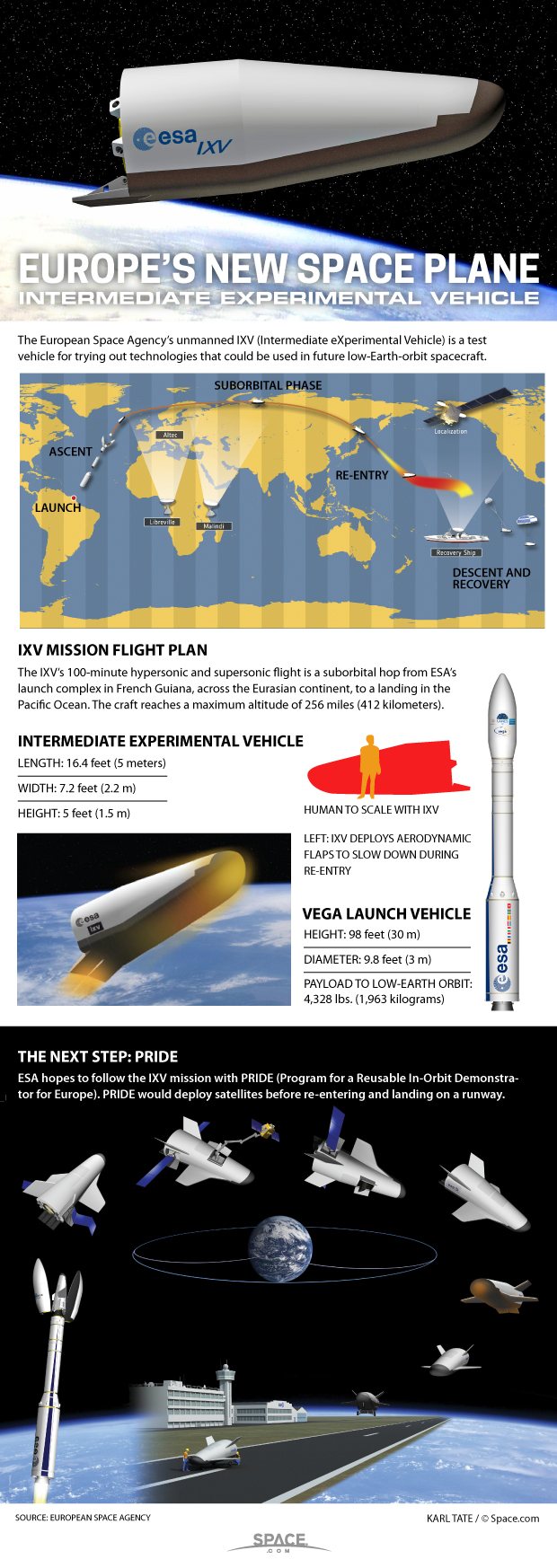
How Europe's IXV Space Plane Works (Infographic)
By Karl Tate published
ESA's tiny suborbital testbed vehicle could pave the way for later orbital space planes.
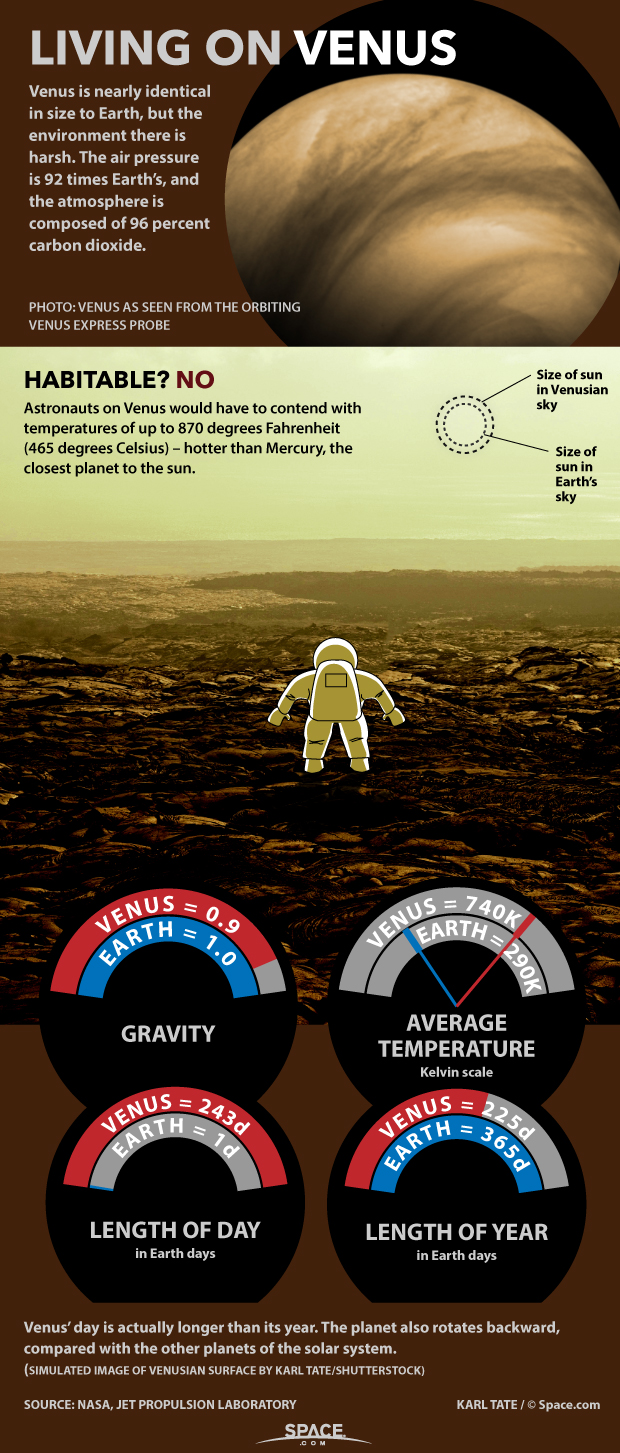
Living on Planet Venus: Why It Would Be Hard (Infographic)
By Karl Tate published
Crushing atmospheric pressure and temperatures of hundreds of degrees make survival on Venus rather challenging. Find out why in our infographic.
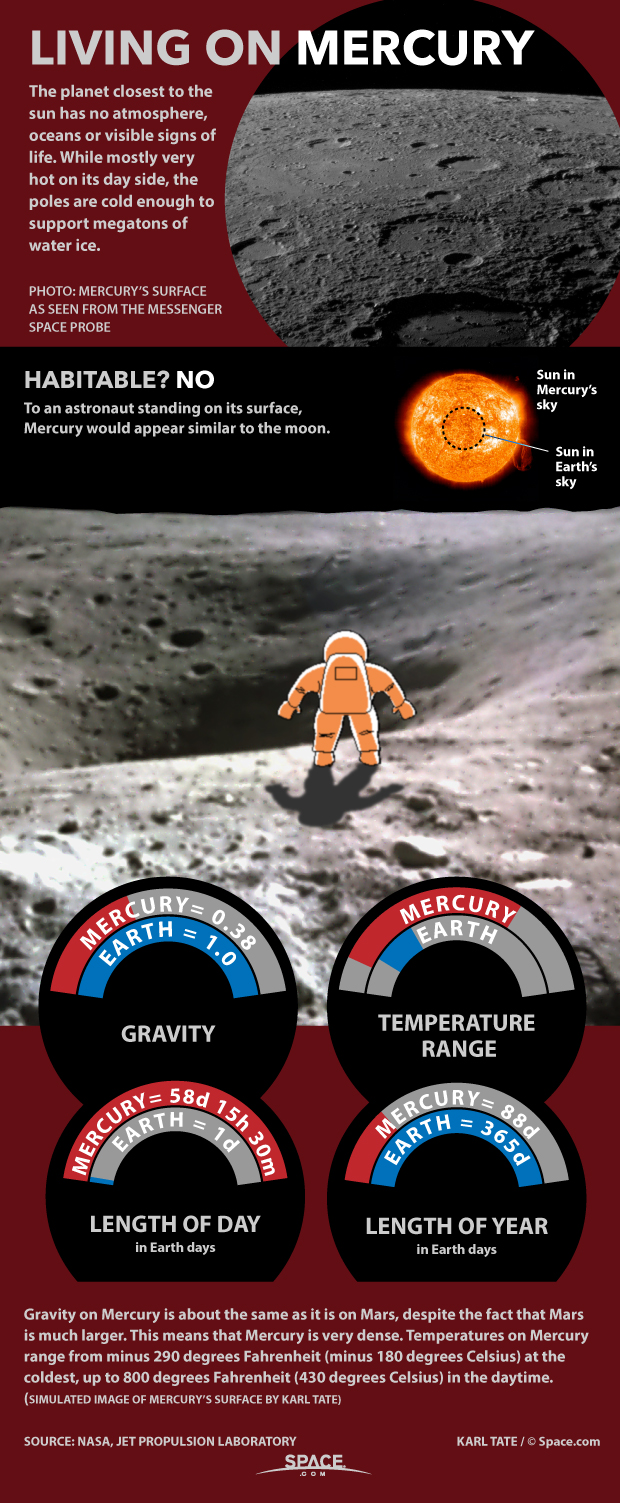
Living on Mercury Would Be Hard (Infographic)
By Karl Tate published
Conditions on the planet Mercury would make living there a challenge. See what the days and nights might be like on the closest planet to the sun in our infographic.

How NASA's Soil Moisture Satellite Works (Infographic)
By Karl Tate published
SMAP, or the Soil Moisture Active Passive satellite, will measure groundwater content and frozen/thawed state, all over the world every three days.
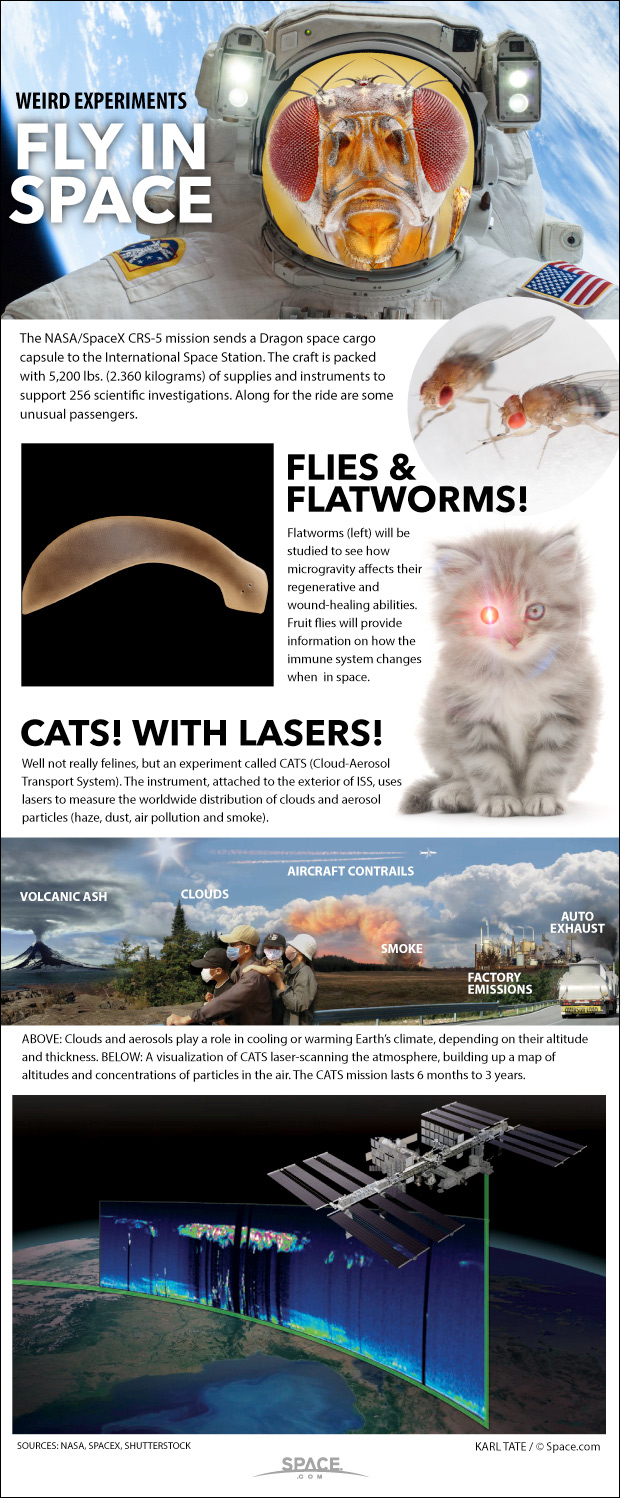
Weird 'Passengers' on SpaceX's Dragon Delivery to ISS (Infographic)
By Karl Tate published
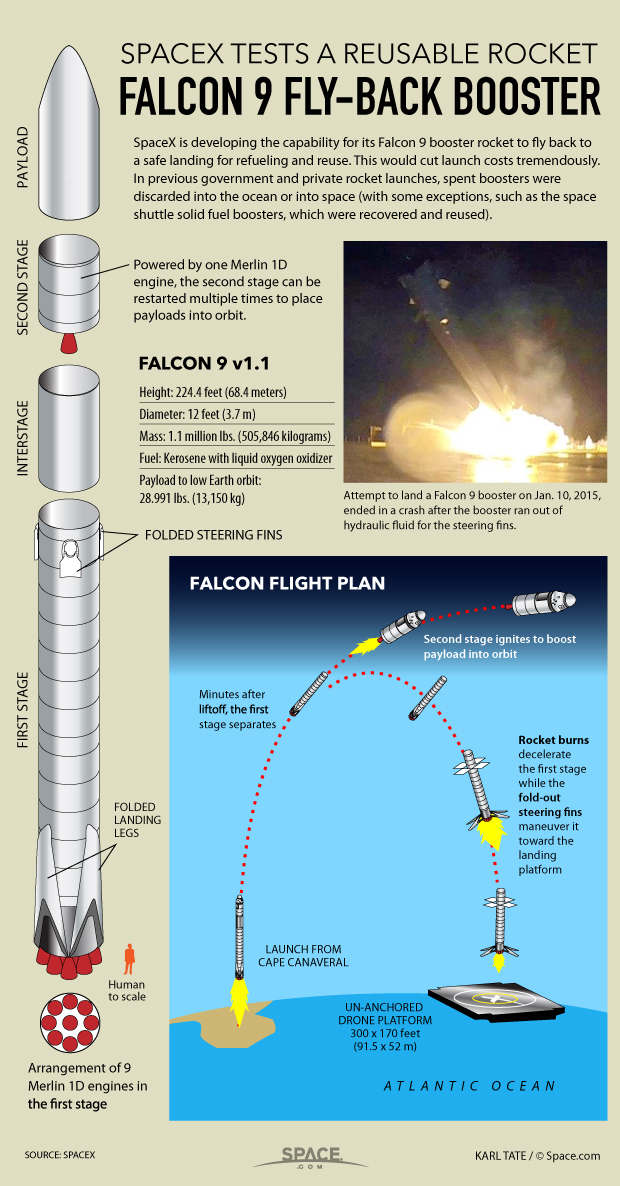
Inside SpaceX's Epic Fly-back Reusable Rocket Landing (Infographic)
By Karl Tate published
In a first for space flight, SpaceX will attempt to fly its Falcon 9 booster rocket to a safe landing aboard an offshore platform.
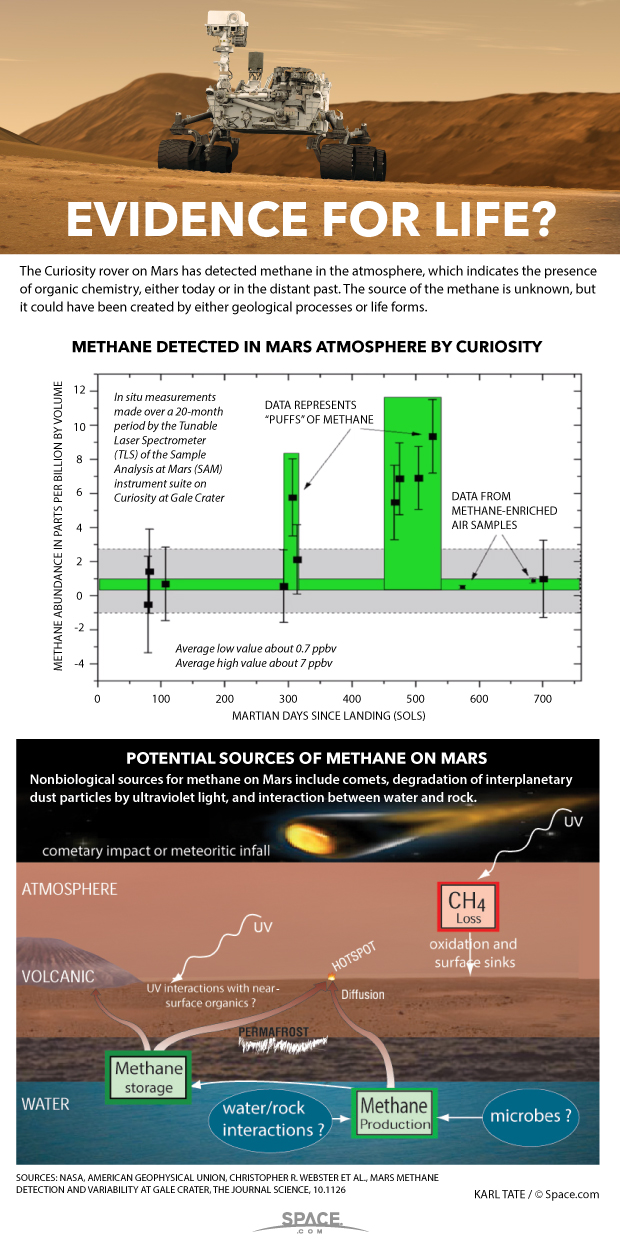
Inside the Curiosity Rover's Mars Methane Discovery (Infographic)
By Karl Tate published
Although methane had been discovered before from space, NASA's Curiosity rover made the first in-situ discovery of rapid changes in methane concentration from the surface of Mars.

Japan's Hayabusa2 Asteroid Sample-Return Mission Explained (Infographic)
By Karl Tate published
The second in the Hayabusa series will drop probes on and take samples from asteroid 1999 JU3.

NASA's First Orion Spacecraft Test Flight Explained (Infographic)
By Karl Tate published
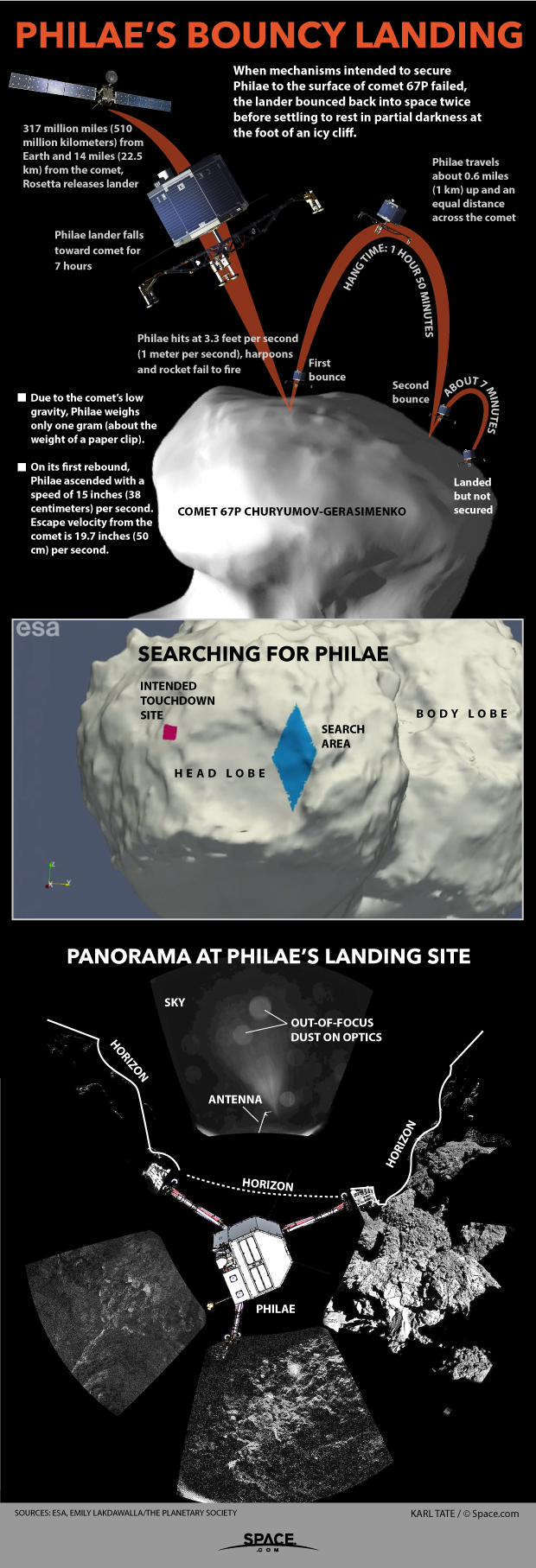
How Harrowing Comet Landing by Philae Nearly Failed (Infographic)
By Karl Tate published
When the Philae attempted touchdown on comet 67P, it bounced off with nearly enough force to drift away into space.
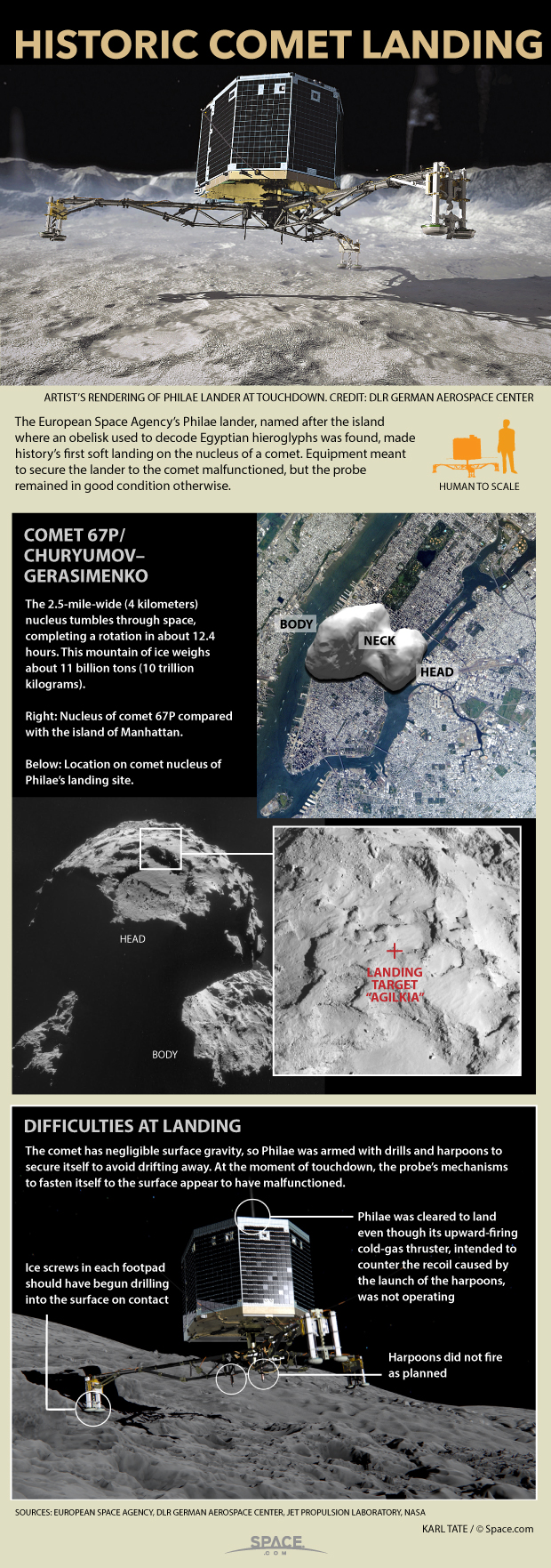
Comet Landing with Rosetta's Philae Probe Explained (Infographic)
By Karl Tate published
The European Rosetta spacecraft's Philae lander aims to be the first probe ever to safely land on a comet. Here's how to land on a spinning ice mountain in space.

The Spaceships of 'Interstellar' Explained (Infographic)
By Karl Tate published
In the film 'Interstellar,' astronauts use a variety of spacecraft to cross the universe and explore alien worlds. See how they work in this Space.com infographic.

Virgin Galactic's SpaceShipTwo Accident Investigation Explained (Infographic)
By Karl Tate published
Virgin Galactic's first SpaceShipTwo spacecraft broke apart in mid-flight on Oct. 31, 2014, killing one pilot and injuring another. See the sequence of events as determined by the NTSB.

How Sending Humans to an Asteroid Would Work (Infographic)
By Karl Tate published
NASA's plan is to bring a distant asteroid nearer to Earth, but a competing idea would send humans to one or more asteroids in their native orbits.
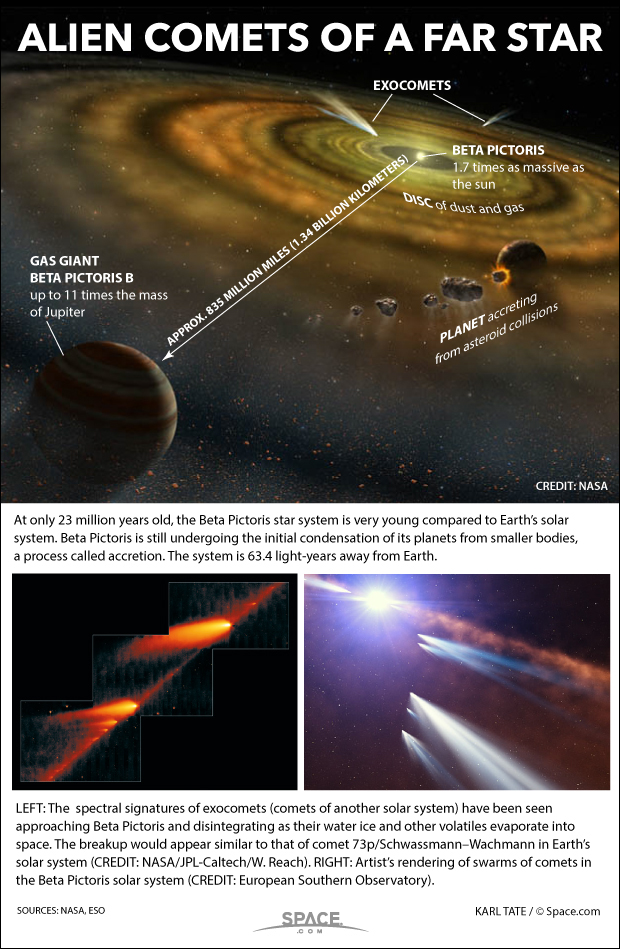
Alien Comets of Star Beta Pictoris Explained (Infographic)
By Karl Tate published
Astronomers have detected the signatures of hundreds of comets disintegrating in a distant, chaotic solar system 63 light-years away.
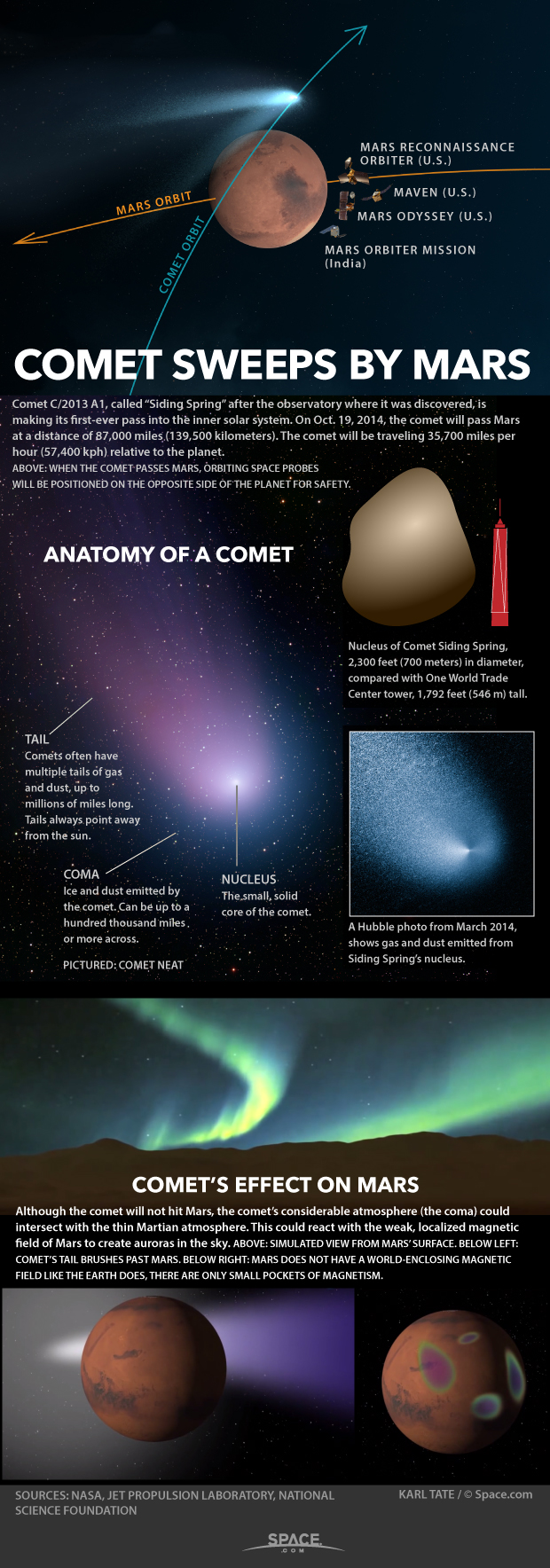
Comet's Close Encounter with Mars Explained (Infographic)
By Karl Tate published
In a rare celestial event, a comet will pass closer to Mars than the moon is from Earth on Oct. 19, 2014. See how the Comet Siding Spring flyby of Mars works in this Space.com infographic.
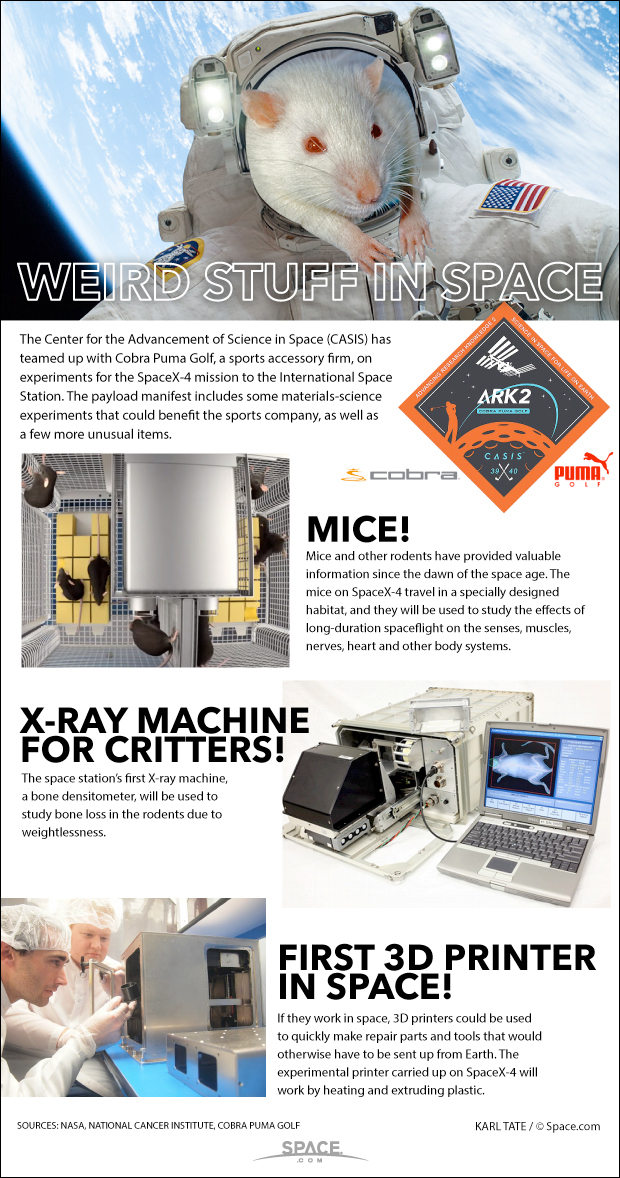
SpaceX Dragon Flying Mice in Space & More for NASA (Infographic)
By Karl Tate published
SpaceX's fourth cargo mission to the International Space Station includes some mice, the first 3D printer in space and other weird science. See our take on the cargo in this Space.com infographic.
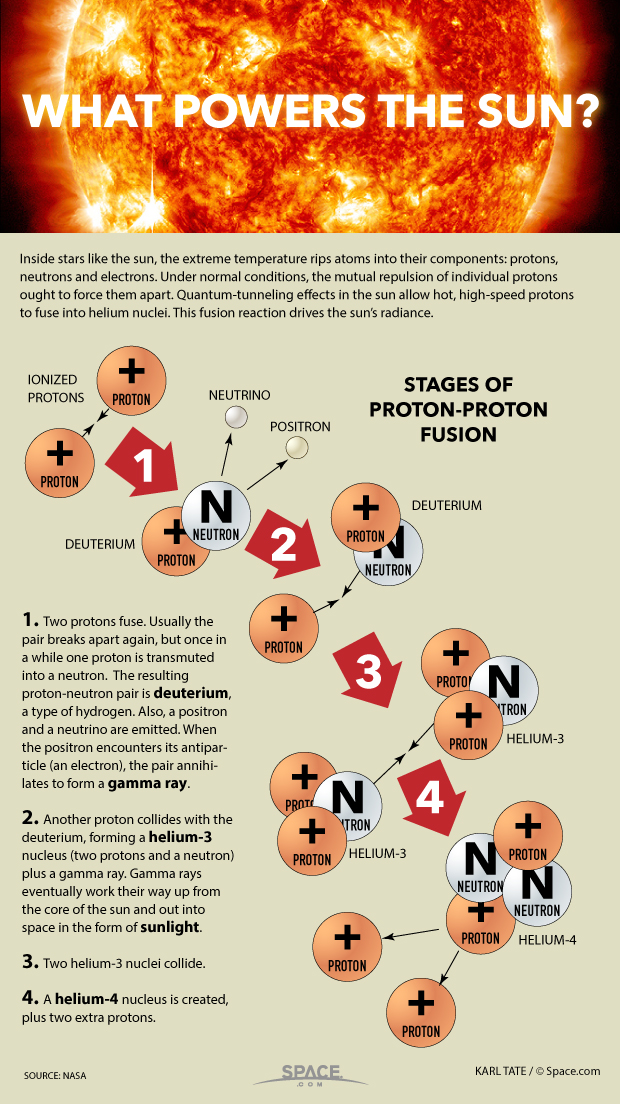
Proton Fusion, the Sun's Power Source, Explained (Infographic)
By Karl Tate published
Stars are giant fusion reactors, smashing protons together to produce energy.
Get the Space.com Newsletter
Breaking space news, the latest updates on rocket launches, skywatching events and more!
